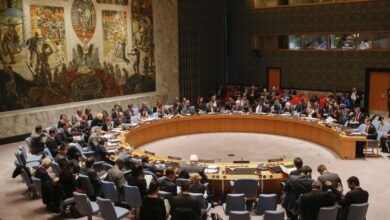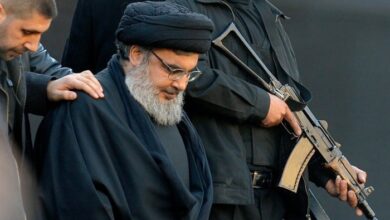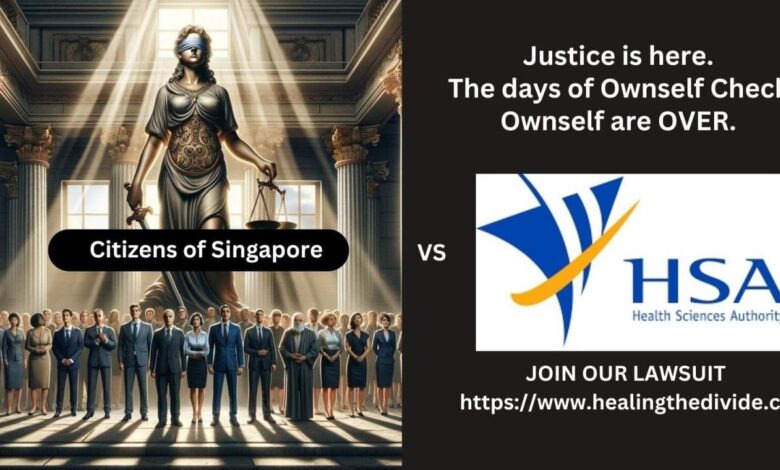
The Silence on Terrorism: A Global Issue
The silence on terrorism is a global phenomenon, with varying levels of public discourse and media attention surrounding this issue in different countries and regions. This silence is not simply a lack of conversation, but a complex interplay of factors, including political sensitivities, cultural norms, and fear of reprisal.
While some societies openly engage in discussions about terrorism, others choose to remain silent, often due to concerns about inflaming tensions or inciting violence. This silence can have far-reaching consequences, hindering efforts to understand and combat terrorism, and leaving victims and their families feeling isolated and marginalized.
The Silence on Terrorism

The global response to terrorism is often characterized by a complex interplay of public discourse, media attention, and political considerations. While some regions grapple with the daily reality of terrorist threats, others seem to remain relatively insulated from such concerns.
This disparity in public awareness and media portrayal raises questions about the factors that contribute to the silence on terrorism in certain contexts.
The Varying Levels of Public Discourse on Terrorism
The level of public discourse on terrorism varies significantly across different countries and regions. In countries directly affected by terrorism, such as those in the Middle East, Africa, and South Asia, the issue is often a central topic of public debate, with widespread media coverage and public awareness.
Conversely, in regions less directly affected, such as parts of Europe and North America, terrorism may receive less consistent attention, even though it remains a global concern.
- In countries like Iraq, Afghanistan, and Syria, where terrorism has been a persistent problem, the issue dominates public discourse and media coverage. This is largely due to the ongoing conflicts and the direct impact of terrorist attacks on the daily lives of citizens.
The media in these regions often provide detailed accounts of attacks, the political and social context surrounding them, and the government’s response.
- In contrast, in countries like Canada, Australia, and Japan, where terrorism has been less frequent, public discourse on the issue tends to be less intense and more sporadic. While the media covers major attacks, the overall focus on terrorism may be less pronounced.
This difference in public discourse can be attributed to factors such as geographical distance from conflict zones, a lower perceived risk of terrorism, and a greater emphasis on other domestic issues.
The Influence of Media Portrayal on Public Perception
The way terrorism is portrayed in mainstream media can significantly influence public perception of the issue. This portrayal varies across cultures and societies, reflecting the dominant narratives and political contexts.
- In some regions, media coverage of terrorism tends to focus on the immediate consequences of attacks, often emphasizing the violence and destruction. This approach can contribute to a sense of fear and insecurity among the public, while also reinforcing negative stereotypes about certain groups or ideologies associated with terrorism.
- In other regions, the media may adopt a more nuanced approach, focusing on the root causes of terrorism, the complexities of the issue, and the potential for dialogue and reconciliation. This approach can help to foster a more informed and balanced understanding of terrorism, while also promoting empathy and understanding for victims and survivors.
Factors Contributing to the Silence on Terrorism
The silence on terrorism in certain contexts can be attributed to a variety of factors, including political sensitivities, cultural norms, and fear of reprisal.
- Political sensitivities can play a significant role in shaping public discourse on terrorism. Governments may choose to downplay the issue or censor media coverage to avoid fueling public anxiety or appearing weak in the face of threats. This can lead to a situation where the public is less informed about the risks of terrorism and the government’s efforts to address them.
- Cultural norms can also contribute to the silence on terrorism. In some societies, it may be considered taboo to discuss sensitive issues such as terrorism, or to criticize government policies related to security. This can create a climate of silence and prevent open dialogue about the issue.
- Fear of reprisal can also deter individuals from speaking out about terrorism. This fear may be particularly pronounced in communities where there is a perceived threat of retaliation from terrorist groups or individuals. This can lead to a situation where people are reluctant to report suspicious activity or engage in open discussions about the issue.
The Impact of Silence on Terrorism
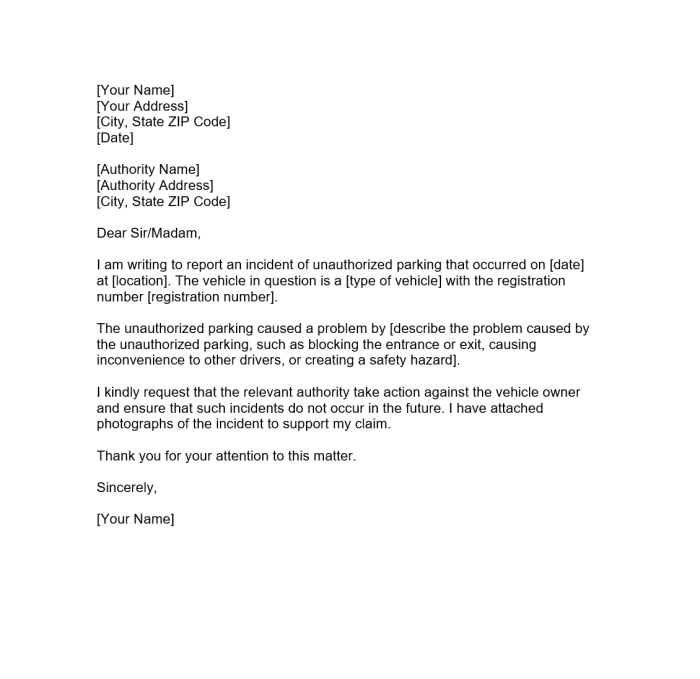
Silence on terrorism can have detrimental consequences, hindering our understanding of the issue and fostering a dangerous environment where violence can fester and spread. When we choose to ignore or suppress conversations about terrorism, we create a void that can be filled with misinformation, fear, and prejudice.
It’s unsettling how quickly the silence on terrorism can settle in, almost as if we’ve become numb to the threat. It makes you wonder if we’ve lost the urgency, the drive to understand and combat these forces. Maybe that’s why questions about the Office of Strategic Influence, is office of strategic influence gone , are resurfacing.
If we’re truly serious about fighting terrorism, we need to be proactive, not just reactive. The silence is deafening, and it’s time to break it.
The Role of Silence in Lack of Understanding, The silence on terrorism
Silence on terrorism can contribute to a lack of understanding and awareness of the issue in several ways. Firstly, it prevents open and honest dialogue, hindering the dissemination of accurate information and the development of informed perspectives. When we avoid talking about terrorism, we create a space for rumors, stereotypes, and misconceptions to flourish.
This lack of knowledge can lead to fear and prejudice, further isolating communities and fueling division. Secondly, silence can perpetuate a cycle of ignorance and apathy. By ignoring the issue, we inadvertently normalize it, making it less likely that individuals will take action to address it.
This apathy can have devastating consequences, as it allows terrorism to thrive in the shadows, unchecked and unchallenged.
The Consequences of Silencing Discussions About Terrorism
The consequences of silencing discussions about terrorism can be far-reaching and dangerous. One of the most significant concerns is the normalization of violence. When we refuse to engage in open and honest dialogue about terrorism, we risk creating an environment where violence becomes accepted or even justified.
This can lead to a dangerous escalation of conflict and a loss of empathy for victims.Another consequence of silencing discussions about terrorism is the suppression of dissent. When individuals are afraid to speak out against terrorism for fear of reprisal or social stigma, it can stifle critical thinking and limit the range of perspectives on the issue.
It’s strange how the world can be so silent about terrorism, a threat that impacts us all. Perhaps we’re too focused on the immediate, forgetting the long-term consequences. It’s a reminder that we need to consider the broader picture, like the role of the united nations on development issues in combating terrorism.
If we want to truly address the root causes of this violence, we need to work together to create a more equitable and sustainable world for all.
This can lead to a lack of accountability and make it more difficult to address the root causes of terrorism.
Examples of Silence Hindering Terrorism Prevention
There are numerous examples of how silence on terrorism has hindered efforts to prevent or combat terrorism. In some cases, governments have used silence as a tool to suppress dissent and control information. This has often led to the erosion of trust between communities and authorities, making it more difficult to gather intelligence and prevent attacks.For example, in the aftermath of the 9/11 attacks, the United States government implemented a number of policies aimed at combating terrorism.
However, these policies often prioritized secrecy and surveillance over transparency and accountability. This lack of transparency led to a climate of fear and mistrust, making it difficult for communities to cooperate with authorities.Furthermore, silence on terrorism can also hinder the development of effective counter-terrorism strategies.
When we avoid discussing the root causes of terrorism, such as poverty, inequality, and political oppression, we make it more difficult to address the underlying issues that drive individuals to violence.
Breaking the Silence on Terrorism
Silence on terrorism is a significant issue, often perpetuating fear and misunderstanding. Breaking this silence requires a proactive approach that promotes open and honest conversations about the complex nature of terrorism.
The Importance of Education
Education plays a crucial role in fostering critical thinking and promoting understanding. Effective educational programs can equip individuals with the knowledge and tools to analyze information, identify biases, and critically evaluate different perspectives.
- Curriculum Development:Educational institutions should incorporate comprehensive curriculum on terrorism, encompassing its historical context, root causes, impact, and counter-terrorism strategies. This curriculum should be designed to be age-appropriate and engaging, fostering critical thinking skills.
- Teacher Training:Teachers need to be equipped with the necessary knowledge and skills to effectively address the complexities of terrorism in the classroom. This includes training on how to facilitate open discussions, address challenging questions, and promote empathy and understanding.
- Community Outreach:Educational programs should extend beyond formal education settings to reach wider communities. Community centers, libraries, and online platforms can host workshops, lectures, and discussions on terrorism, engaging diverse perspectives and promoting understanding.
The Role of Critical Thinking
Critical thinking is essential for navigating the complex information landscape surrounding terrorism. Developing critical thinking skills empowers individuals to question assumptions, analyze evidence, and avoid falling prey to misinformation and propaganda.
- Media Literacy:Individuals need to be media literate to discern credible sources of information from biased or misleading ones. This includes understanding the role of media in shaping public opinion, identifying propaganda techniques, and critically evaluating information from various sources.
- Fact-Checking:Promoting a culture of fact-checking is crucial to combat the spread of misinformation. Individuals should be encouraged to verify information from multiple sources, consult reputable organizations, and avoid relying on unverified or biased information.
- Analytical Skills:Developing analytical skills enables individuals to dissect complex issues, identify underlying causes, and evaluate different perspectives. This involves analyzing data, identifying patterns, and drawing informed conclusions based on evidence.
A Campaign for Understanding
A multifaceted campaign aimed at breaking the silence on terrorism can foster greater public understanding and promote constructive dialogue.
It’s strange how certain issues dominate the news cycle, while others fade into the background. The silence on terrorism, for example, feels deafening at times. We see protests against globalization and economic inequality, like the recent IMF and World Bank protests in Washington DC , but the threat of terrorism, though ever-present, seems to have become a distant memory for many.
- Public Awareness Campaigns:Launching public awareness campaigns that address the complexities of terrorism, challenge stereotypes, and promote understanding can help to break the silence. These campaigns can utilize various media platforms, including television, radio, social media, and public events.
- Community Engagement:Engaging communities in dialogue and fostering a sense of shared responsibility can be effective in breaking the silence. This can involve organizing community forums, workshops, and town hall meetings where individuals can share their perspectives, ask questions, and learn from each other.
- Partnerships with Influencers:Collaborating with influential individuals and organizations, such as journalists, academics, and community leaders, can amplify the message and reach wider audiences. These partnerships can involve joint initiatives, public statements, and media appearances.
Panel Discussion: Exploring the Complexities of Terrorism
Organizing a panel discussion focused on exploring the complexities of terrorism and the importance of speaking out against it can be a valuable platform for open and honest dialogue.
- Diverse Perspectives:The panel should include experts from various fields, including academics, security professionals, journalists, and community leaders, to offer diverse perspectives and insights.
- Facilitated Discussion:A skilled moderator should guide the discussion, ensuring that all participants have an opportunity to share their views and engage in respectful dialogue.
- Audience Engagement:The discussion should encourage audience participation through questions, comments, and feedback. This interactive approach can foster a sense of ownership and encourage active engagement.
The Role of Social Media in the Silence on Terrorism
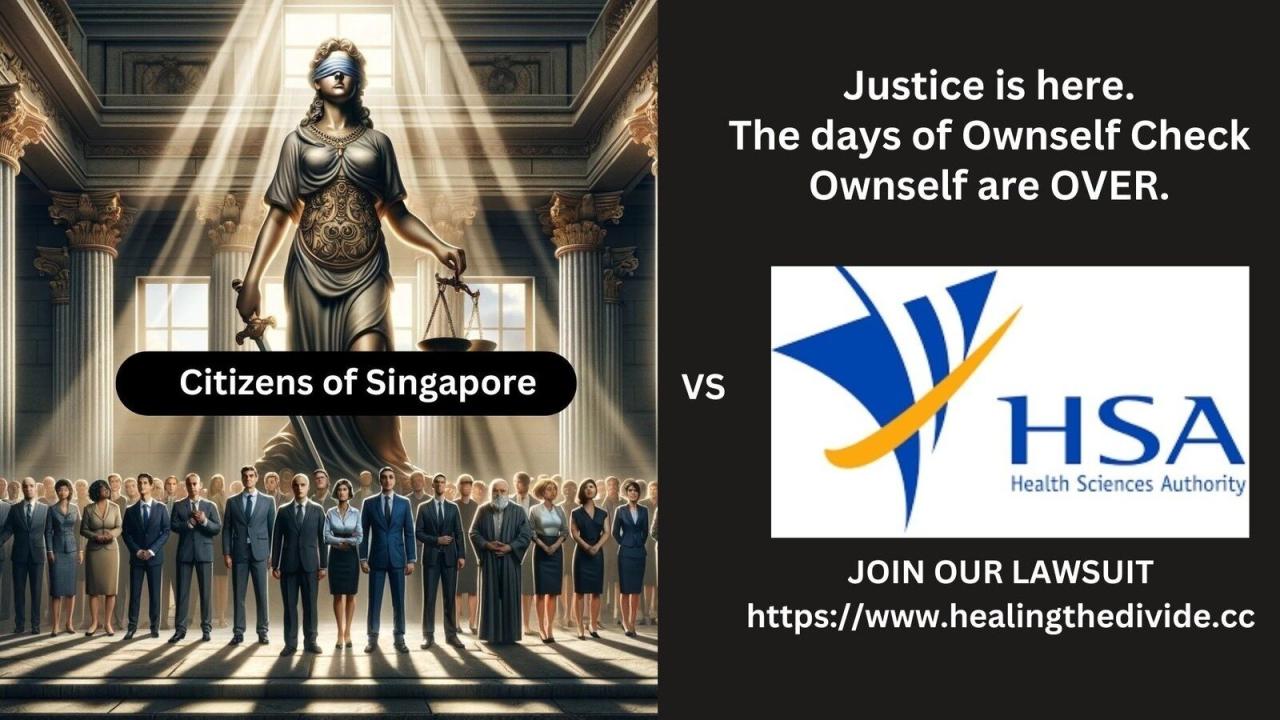
Social media platforms have become an integral part of modern communication, influencing how we access and share information, including on sensitive topics like terrorism. While social media offers potential benefits for disseminating information and fostering dialogue, it also presents unique challenges that can contribute to the silence on terrorism.
The Impact of Social Media on Information Dissemination
Social media platforms can both facilitate and hinder the dissemination of information about terrorism.
- Social media’s vast reach and ease of access allow for rapid dissemination of information, potentially enabling individuals to stay informed about terrorist activities and their consequences.
- However, the decentralized nature of social media can also contribute to the spread of misinformation and propaganda.
- The proliferation of fake news and manipulated content can create confusion and distort public understanding of terrorism, potentially exacerbating the silence on the issue.
Potential Risks of Discussing Terrorism on Social Media
There are several risks associated with discussing terrorism on social media platforms.
- One significant concern is the potential for radicalization and recruitment.
- Terrorist groups often utilize social media to spread their ideology, recruit new members, and incite violence.
- The anonymity and accessibility of social media platforms can make it easier for individuals to be exposed to extremist content and influenced by radical ideologies.
- Furthermore, discussions about terrorism on social media can inadvertently provide a platform for terrorist propaganda and amplify their messages.
Examples of Misinformation and Propaganda on Social Media
There have been numerous instances where social media has been used to spread misinformation and propaganda related to terrorism.
- In the aftermath of the 2015 Paris attacks, false reports and conspiracy theories circulated widely on social media platforms, contributing to confusion and fear.
- During the Syrian Civil War, social media was used by both government forces and rebel groups to spread propaganda and manipulate public opinion.
- The rise of ISIS in the Middle East saw the group utilize social media extensively to recruit fighters, spread its ideology, and promote its violent activities.
The Silence on Terrorism and its Victims
The silence surrounding terrorism has a profound and lasting impact on the victims and their families, perpetuating their suffering and hindering their recovery. While the immediate aftermath of a terrorist attack often garners media attention, this focus tends to fade quickly, leaving victims to navigate the complexities of their trauma and loss in relative obscurity.
The Impact of Silence on Victims and Families
The lack of sustained attention and public discourse surrounding terrorism can exacerbate the feelings of isolation and marginalization experienced by victims and their families. This silence can be interpreted as a lack of care and concern, further compounding their emotional distress.
- Limited Access to Resources:The lack of sustained public attention often translates to limited funding and resources for victim support services. This can hinder victims’ access to crucial mental health care, financial assistance, and legal aid, which are essential for their recovery and reintegration into society.
- Stigmatization and Misunderstanding:The silence on terrorism can perpetuate negative stereotypes and misconceptions about victims. This can lead to social isolation and a sense of shame, making it difficult for victims to seek help or connect with others who understand their experiences.
- Lack of Recognition and Validation:The silence surrounding terrorism can leave victims feeling unseen and unheard. This can contribute to feelings of anger, resentment, and hopelessness, hindering their ability to move forward from their trauma.

